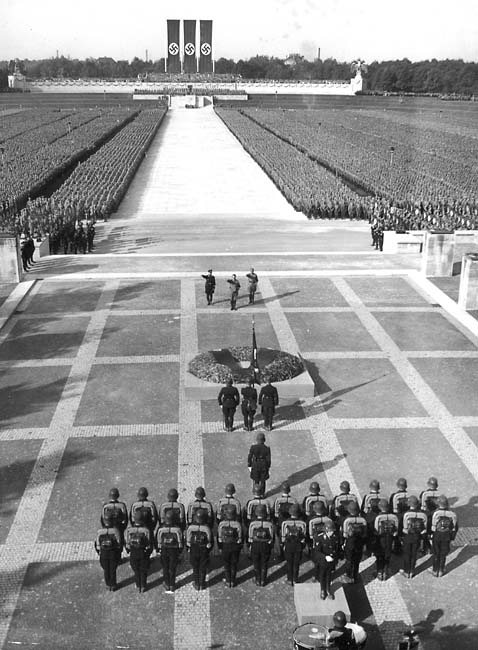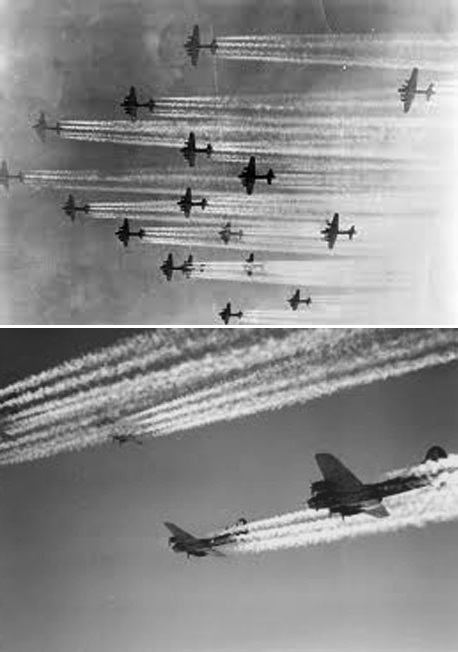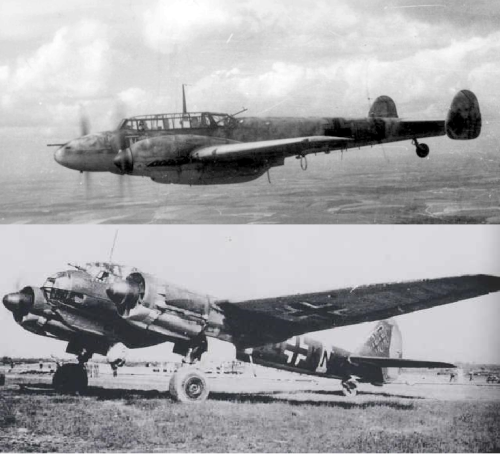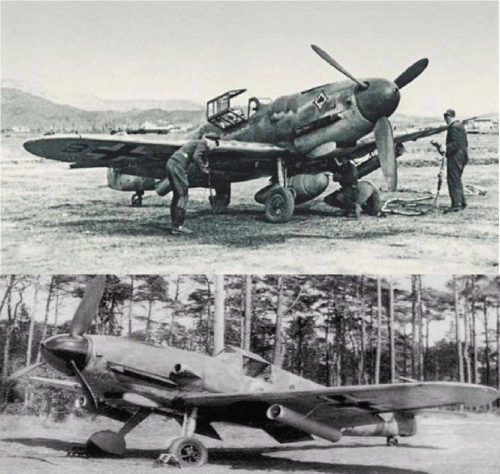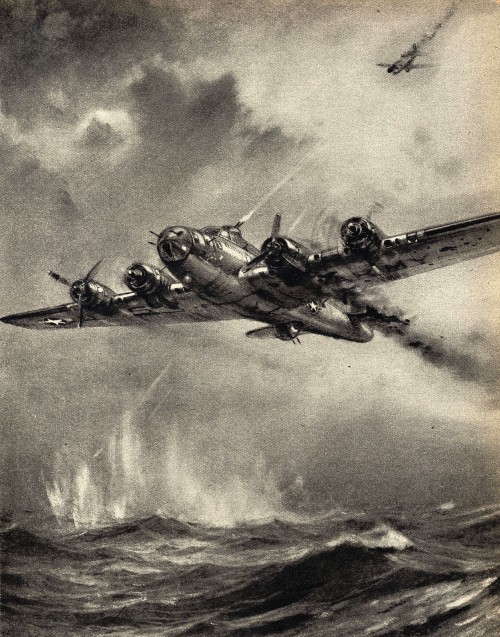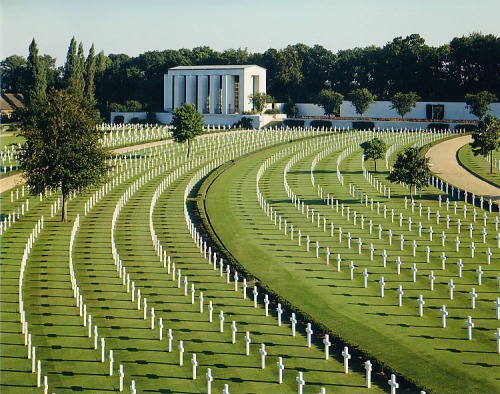Last time I was looking at the relatively long list of motivations for the extreme violence used by the German army in World War Two. This list was supplied by Messrs Neitzel and Welzer in their book “Soldaten”. If you remember, Sönke Neitzel had discovered in the British National Archives that, during World War II, British Intelligence had recorded German prisoners of war in secret and then transcribed their conversations. This process had produced 50,000 pages of transcripts as they chatted, mainly at Trent Park near Cockfosters, but also at Latimer House near Amersham and at Wilton Park near Beaconsfield, which are both in Buckinghamshire:

All the reasons on the list of motivations for extreme violence came together from 1939 to 1945, as a maniac only five feet seven inches tall and who couldn’t grow a full moustache claimed that the Germans were the Master Race and had the right to wipe out completely from the face of the earth one of the oldest communities on the planet, the Jews. How you eliminated the Jewish men, women, children and babies was not important, so long as they all died, every single one of them:

The conversations taped at Trent Park, therefore, are frequently way beyond incredible. How could you be a member of the human race and say things and do things such as these people did ? How could anybody treat genocide as a sport? an entertainment?
First is SS Oberscharführer Fritz Swoboda:
“…there was a column of 500-600 men. They came in through the gate and went to the firing range. There, they were killed, six at a time, picked up and taken away and the next six would come. At first you said, great, better than doing normal duty, but after couple of days you would have preferred normal duty. It took a toll on your nerves. Then you just gritted your teeth and you just didn’t care. There were some of us who got weak in the knees when shooting women even though we had selected experienced front line soldiers. But orders were orders.”

Edwin, Graf von Rothkirch was recorded as saying:
“I was at Kutno. I wanted to take some photographs…that’s my only hobby…and I knew an SS-leader there quite well and I was talking to him when he said, “Would you like to photograph a shooting?”. I said, “No, the very idea is repugnant to me.” “Well, it makes no difference to us. They are always shot in the morning, but if you like, we still have some and we can shoot them in the afternoon sometime. You can’t imagine how these men have become completely brutalised.”
Kammeyr, a mechanic in the Kriegsmarine said:
“Nearly all the men there were interned in large camps. I met a fellow one evening and he said “Some of them are going to be shot tomorrow. Would you like to see it?” A lorry went there every day and he said “You can come too”.
The lorry arrived and stopped. In a sort of sandpit there was a trench about twenty metres long. I didn’t know what was happening until I saw the trench. They all had to get into it and were hurried into it with blows from rifle-butts and lined up face to face; the feldwebel had a tommy-gun. There were five of them, they shot them one after the other. Most of them fell like that with their eyeballs turned up. There was a woman among them. I saw that. It was in Libau.”
Luftwaffe Lieutenant–Colonel von Müller-Rienzburg said :
“The SS issued an invitation to go and shoot Jews. All the troops went along with rifles and shot them up. Each man could pick the one he wanted.”

First Sergeant von Bassus, rather incredulous, asked :
“You mean to say that it was sent out like an invitation to a hunt?”
And von Müller-Rienzburg replied: “Yes.”
Lieutenant-Colonel August von der Heydte also reported in hearsay, second hand fashion, that executions resembled hunts.

Lieutenant–Colonel von der Heydte recounted how:
The SS-Führer Böselager was having dinner and after dinner he said: “Now we’ll go and have a look at..(place of execution). They drove out in a car and shotguns were lying about, ordinary ones, and thirty Polish Jews were standing there. Each guest was given a gun; the Jews were driven past and every one was allowed to take a pot shot at a Jew. Subsequently they were given the coup de grâce.”
And finally, Luftwaffe First Lieutenant Fried: “I was at Radom and an SS captain said : Would you like to come along for half an hour? Get a tommy gun and let’s go.. I had an hour to spare so I went, We went to a kind of barracks and slaughtered 1,500 Jews. There were some twenty men with tommy guns. It only took a second and nobody thought anything of it.”:

Although the types of appalling behaviour that Neitzel and Welzer have detailed in their book “Soldaten” have happened with disgraceful frequency, it would be wrong to think that the problem is an insoluble one.
Firstly, before young people are even old enough to consider the armed forces they should be made abundantly aware in their schools that racism is completely unacceptable. Outside the schools, the concept of free speech must not become an excuse to allow race hatred. Otherwise, race hatred will end in the shocking events I have described above. Punishments for race hatred should involve custodial sentences, if only a few days. They should not include fines.
In the Armed Forces, old, experienced combat veterans should explain to new recruits what combat will be like, what emotions you can expect to feel and what is unacceptable behaviour. War crimes should not be tolerated and the guilty parties should always serve time in prison.
Hopefully, this would avoid a situation where civilians are just as frightened to see the arrival of the British, the Americans and the French as they would be with the arrival of any number of less disciplined and less well trained armed forces.






